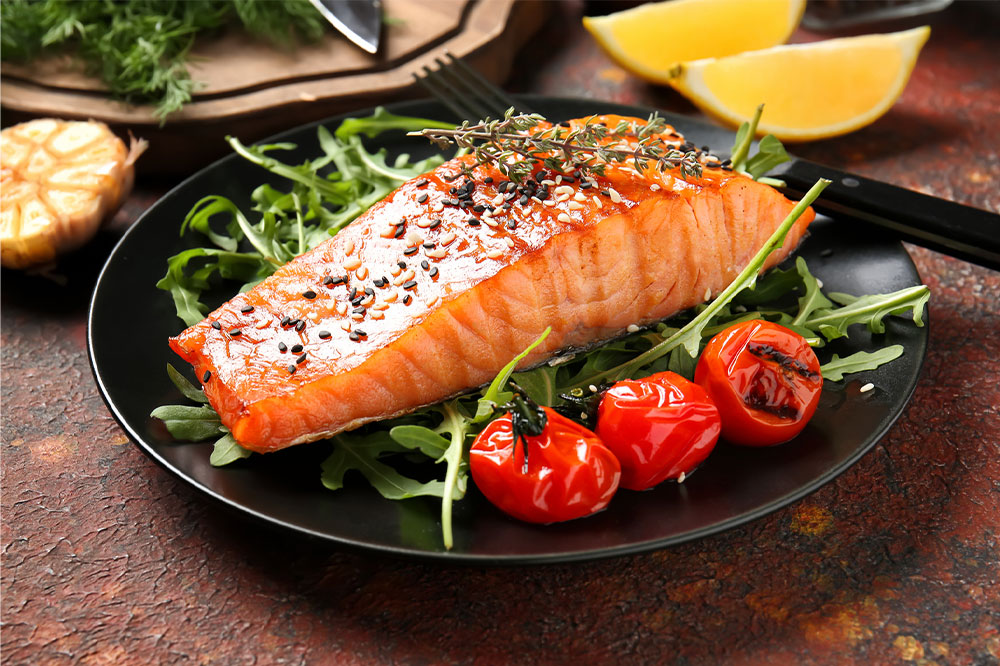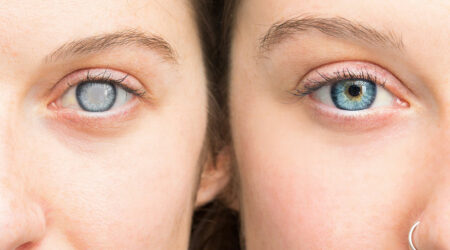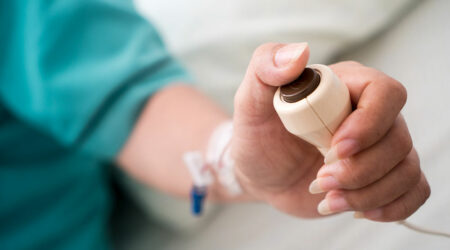
Breast cancer – Its causes and symptoms
Breast cancer is one of the most common cancers found in women across the country. Although it can appear in both men and women, it is far more common among women. Thankfully, with the improvement in treatment methods for breast cancer, there has been a steady decline in the mortality rate. Other factors like early detection, personalized treatment plans, and a deeper understanding of the disease have also contributed to the survival rates.
What causes breast cancer?
Breast cancer develops when abnormal cells in the breast divide and multiply. While the exact cause for this is not known, here are some high-risk factors that may be responsible for its development:
- Age
Women above 55 years of age are more likely to develop breast cancer. - Sex
Women are more likely to develop breast cancer in comparison to men. - Genetics
The chances of developing breast cancer are higher in people with a family history of the disease. - Lifestyle
Obesity and smoking can increase the chances of developing breast cancer. - Radiation exposure
Prior exposure to radiation, especially around the head, neck, and chest, can also significantly increase the risk of breast cancer. - Hormone replacement therapy
People who have used hormone replacement therapy are at higher risk of developing breast cancer.
Symptoms of breast cancer
Some common symptoms of breast cancer are:
- Lumps in the breast
- Change in the appearance, shape, or size of the breast
- Changes in the skin around the nipple
- Peeling, crusting, or flaking of the breast skin
- A newly inverted nipple
Treatments
Depending on the severity, there are several treatment options for people diagnosed with breast cancer. These include:
Surgery
Various surgery options are available, depending on the spread and intensity of cancer. These include lumpectomy and mastectomy (partial or complete breast removal), sentinel node biopsy (to prevent unnecessary removal of a large number of lymph nodes), axillary lymph node dissection (removal of lymph nodes under the arm), modified radical mastectomy, or radical mastectomy.
Chemotherapy
Before a surgical procedure is recommended, doctors may suggest chemotherapy to shrink the tumor. It may also be prescribed post-surgery to kill remaining cancer cells and reduce the chances of a relapse.
Radiation therapy
Radiation therapy is performed after lumpectomy or mastectomy to kill the remaining cancer cells.
Hormone therapy
Most often, hormone therapy is performed to reduce the chances of breast cancer recurrence. It may also be prescribed pre-surgery to shrink the tumor or treat cancer that has spread to other parts of the body.
Immunotherapy
Immunotherapy, an intravenous intervention, uses the immune system’s power to attack breast cancer cells. It is generally prescribed in combination with chemotherapy.
Natural remedies for breast cancer
Some natural remedies can promote overall health and support traditional therapies when dealing with breast cancer. These include acupuncture to alleviate symptoms and side effects of conventional treatments; massage therapy to deal with fatigue, stress, and anxiety; Tai chi to reduce stress and pain; and reiki to promote healing. Eating healthy will also support the body during this process.
Eating right to avoid breast cancer
Certain foods lower the risk of breast cancer. These include leafy green vegetables, citrus fruits, fatty fish that are rich in Omega-3, berries, and fermented foods like yogurt, kimchi, and miso. Moreover, garlic, onion, leeks, peaches, apples, pears, and cruciferous vegetables like cauliflower, cabbage, and broccoli are also recommended. Adding beans, herbs, and spices to meal plans can help.
On the other hand, some foods increase the risk of developing breast cancer. These include most fast and fried foods, processed meats, foods with added sugar, and refined carbohydrates. Avoiding these foods may also help maintain a healthy body weight. However, regular exercise and enough rest are also vital to help reduce the risk of breast cancer in some people.




